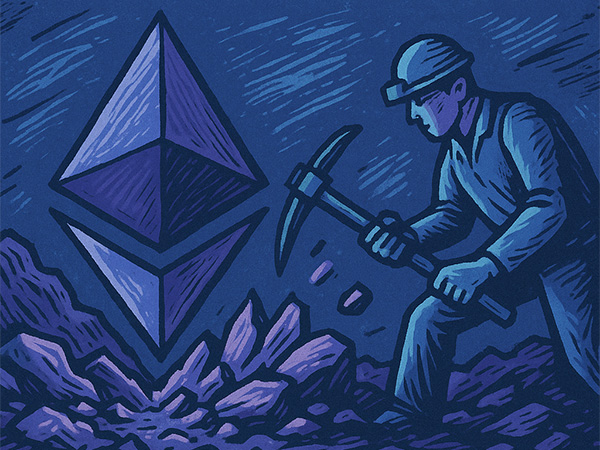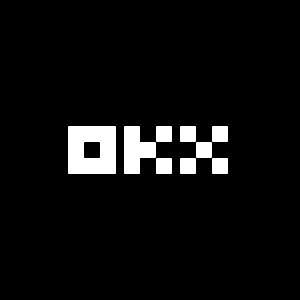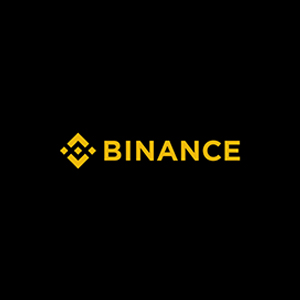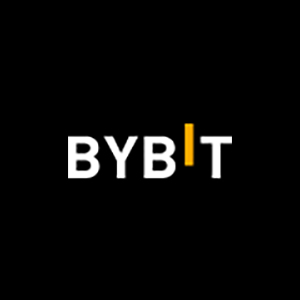Beginner's Guide to Ethereum Mining: Start from Zero to Join the Digital Gold Rush

In the world of cryptocurrency, Ethereum mining was once seen as a modern-day "digital gold rush." Unlike simply buying ETH, mining offers a dual profit opportunity: earning ETH through block rewards and collecting transaction fees. During the 2020–2021 bull market, annual returns for professional miners surpassed 200%, attracting a flood of investors.
Although Ethereum transitioned to Proof of Stake (PoS) in 2022 with the Merge, miners still have a place through Ethereum Classic (ETC) or emerging Layer2 networks. More importantly, mining itself is one of the best practical ways to understand how blockchain works at the core. This “learn while earning” experience offers far more depth than just trading on an exchange.
Ethereum Overview: From PoW to PoS Evolution
As the world’s second-largest cryptocurrency, Ethereum’s development mirrors the evolution of blockchain technology. Initially, it used a Proof of Work (PoW) consensus mechanism similar to Bitcoin, allowing miners to compete for block rewards using computational power. In September 2022, the Merge upgrade transitioned Ethereum to PoS, marking the end of traditional mining.
However, not all Ethereum-related networks abandoned mining:
-
Ethereum Classic (ETC) still maintains the PoW mechanism.
-
Layer2 solutions such as zkSync and StarkNet have introduced new mining-like concepts.
Today, Ethereum's ecosystem boasts a market cap over $200 billion and daily trading volume exceeding $10 billion—clear indicators that network participation still holds immense value, even if mining has changed its form.
Can You Still Mine Ethereum?
This question requires a nuanced answer. Mining on the original Ethereum (ETH) mainnet is no longer possible, but that doesn’t mean miners are out of options.
-
Ethereum Classic (ETC) continues to operate on PoW, with a network hashrate of around 30 TH/s and a daily output of about 3,000 ETC.
-
Rollup-based Layer2 networks like Arbitrum Nova adopt a "prover mining" model, rewarding participants who generate validity proofs.
-
Other forms of mining have also emerged, such as:
-
Filecoin-style storage mining
-
Graph protocol data indexing mining
-
In summary:
-
Traditional GPU miners may stick with ETC.
-
Those open to innovation can explore these new domains for opportunities.
What Hardware Is Needed to Mine Ethereum (ETC/Layer2)?
Whether mining ETC or participating in Layer2 networks, hardware configuration remains crucial.
For GPUs, top choices include:
-
AMD RX 7900 XT: ~60 MH/s
-
NVIDIA RTX 4090: ~120 MH/s
-
Power consumption stays under 300W for both.
High-end ASIC miners like the Antminer E9 (3 GH/s) deliver massive performance but come with a $30,000 price tag and loud operation—more suitable for industrial farms than home use.
It’s important to note:
Unlike older mining methods that focused solely on raw power, modern Ethereum-related mining emphasizes memory bandwidth. DDR5 RAM and high-speed SSDs can significantly improve performance.
A typical 6-GPU mining rig costs around $5,000. With electricity priced at $0.10/kWh, the estimated ROI period is roughly 14 months.
In the future, dedicated accelerator cards may replace general-purpose GPUs as mining evolves.
How to Start Mining Ethereum (ETC/Layer2)?
The process of getting started can be broken down into five main steps:
-
Choose your mining target
-
ETC is suitable for traditional miners.
-
Layer2 projects like StarkNet cater more to tech-savvy users.
-
-
Set up your hardware
-
Start with a single GPU for testing.
-
Gradually scale up to multi-GPU rigs.
-
-
Select mining software
-
For ETC: use GMiner.
-
For Layer2: specific clients like Arbitrum Nitro are required.
-
-
Join a mining pool
The top three ETC mining pools control 70% of the network hashrate:-
2Miners
-
F2Pool
-
Nanopool
These offer stable returns and efficient payouts.
-
-
Configure your wallet
-
A hardware wallet like Ledger, paired with MetaMask, is recommended for both security and convenience.
-
For instance, a 6x RTX 3080 rig currently generates about $3.5/day (after electricity costs), yielding an annualized return of ~8%—lower than peak levels, but still appealing compared to many traditional investments.
What Risks Should You Watch Out For?
Mining isn't risk-free. Here are several key concerns:
-
Electricity costs:
If power exceeds $0.15/kWh, mining may become unprofitable. -
Hardware degradation:
GPUs running under full load often last less than 3 years. -
Price volatility:
ETC, for example, crashed from $120 to $15 in 2022, forcing many miners offline. -
Legal and regulatory risks:
Some regions have banned home mining or imposed high surcharges on power usage. -
Technical risks:
-
Mining pools may shut down without notice.
-
Wallets can be hacked.
-
Algorithm changes (e.g., ETC's planned SHA-3 upgrade) can render equipment obsolete overnight.
-
-
Opportunity cost:
Time and capital spent on mining might earn higher, more stable returns through staking or DeFi farming.
Conclusion: Rationally Weighing the Pros and Cons of Mining
As of 2025, Ethereum mining has moved from its early "wild west" era to a more professionalized and diversified phase.
Instead of clinging to the glory days of ETH mainnet mining, individual investors should adapt to today’s realities:
-
ETC mining suits those with cheap electricity and a focus on stability.
-
Layer2 networks present new battlegrounds for technically inclined miners.
But keep this in mind: returns are no longer what they used to be. It’s more realistic to treat mining as a hobby + learning experience, rather than a get-rich-quick method.
Pro tip: Try mining for two weeks on a small scale, measure actual earnings, and decide from there whether to scale up.
In the crypto world, those who survive the longest are the ones who put risk control above everything else.
-
Sign Up

OKX
OKX is a leading global digital asset trading platform offering spot and derivatives services for cryptocurrencies.
-
Sign Up

Binance
Binance is one of the world's largest cryptocurrency exchanges, offering spot, futures, staking, and a wide range of digital asset services.
-
Sign Up

Bybit
Bybit is a global cryptocurrency exchange specializing in derivatives, spot trading, and crypto-financial products.
-
Sign Up

Gate.io
Gate.io is a leading crypto exchange offering diverse trading options, low fees, and strong security since 2013.
